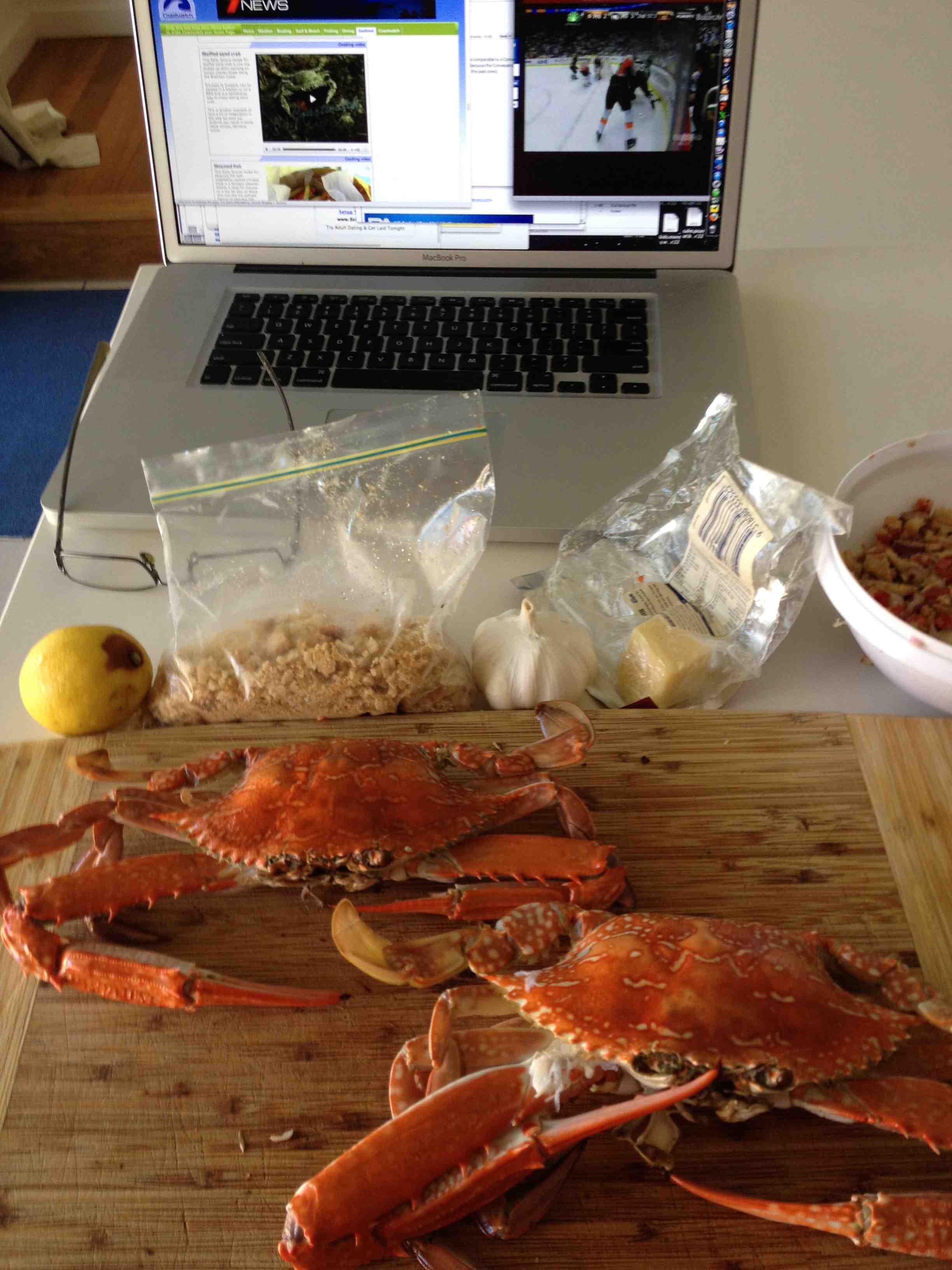Leading lights of Britain’s food safety junta have issued a call for research into norovirus, specifically how the virus continues to survive when it comes into contact with the surfaces that food is prepared upon or with food itself.
They should have just given the money to LeeAnn.
As in LeeAnn Jaykus of North Carolina State University, who was one of the authors of a paper in this month’s issue of my favorite bath time reading, Journal of Food Protection. The authors write:
“Foods become contaminated with HuNoV by direct contact with fecal matter on the hands of food workers who have not practiced adequate personal hygiene and by transfer of virus via contact with contaminated surfaces. Intuitively, this makes sense, as HuNoV are shed in high numbers in the .jpg) feces and vomitus of infected individuals, and shedding can precede illness, occur in asymptomatic individuals, and/or be prolonged for days to weeks after symptom resolution.
feces and vomitus of infected individuals, and shedding can precede illness, occur in asymptomatic individuals, and/or be prolonged for days to weeks after symptom resolution.
Our results confirm that HuNoV can persist on commonly used food contact surfaces and on a model food for long periods, as evaluated by the only reliable method to detect these viruses, RT-qPCR. This our work confirms that moisture, pressure, and recipient surface were key factors influencing transferability (reviewed in (24) ). For example, transfer of HuNoV and MNV-1 from stainless steel surfaces to lettuce was more efficient when the virus inoculum was still wet (time 0), an observation consistent with previous studies using FCV (8) and rotavirus.
Persistence and transferability of Noroviruses on and between common surfaces and foods
02.may.12
Journal of Food Protection®, Volume 75, Number 5, May 2012 , pp. 927-935(9)
Escudero, B.I.; Rawsthorne, H.; Gensel, C.; Jaykus, L.A.
http://www.ingentaconnect.com/content/iafp/jfp/2012/00000075/00000005/art00016
Abstract:
Human noroviruses (HuNoV) are the leading cause of foodborne disease, and poor personal hygiene practices of infected workers are the most common mode of contamination. The purpose of this study was to characterize the persistence and transferability of representative noroviruses Norwalk virus (NV), Snow Mountain virus (SMV), and murine norovirus 1 (MNV-1) on and between solid surfaces and foods. Changes in virus concentration on artificially inoculated solid surfaces (stainless steel, ceramic, and Formica) or lettuce were monitored over a period of 14 to 42 days. Virus transfer was evaluated from donor (solid surface) to recipient (food, e.g., lettuce and sliced turkey deli meat) for up to 2 h postinoculation. Viruses were recovered by elution and titered with reverse transcription quantitative PCR (RT-qPCR) and/or infectivity assay, as appropriate. Based on RTqPCR, the concentration of NV and SMV on surfaces dropped gradually over time, with an average reduction of 1.5 to 2.0 and 1.8 to 2.3 log, respectively, after 42 days, with no statistically significant differences by surface. When inoculated onto lettuce stored for 2 weeks at 4°C and room temperature, the titers of NV and SMV dropped by approximately 1.0 and 1.2 to 1.8 log, respectively. Comparatively, the RT-qPCR signal associated with purified HuNoV RNA placed on the same surfaces was more rapidly lost to degradation. Transfer efficiency ranged from 0 to 26 % for lettuce and from 55 to 95 % for sliced turkey deli meat, with statistically significant differences (P ≤ 0.05) in transferability as a function of contact pressure (100 and 1,000 g/9 cm2) and inoculum drying time. When similar experiments were done with MNV-1, infectious virus failed to be detected on solid surfaces after storage day 21, although the virus did persist on lettuce. This study provides much needed quantitative data for use in risk assessment efforts intended to characterize the transmission of HuNoV during food preparation and handling.

 public."
public.".jpg) further tampering incidents on Feb. 17.
further tampering incidents on Feb. 17.

 been investigated by the Ministry of Agriculture and Forestry (MAF) since January last year.
been investigated by the Ministry of Agriculture and Forestry (MAF) since January last year. mother came to be injured after drinking a bottle of Crystal Geyser water.
mother came to be injured after drinking a bottle of Crystal Geyser water. This is nothing new.
This is nothing new..jpeg) that some of its grocery industry customers have eliminated finely textured beef.
that some of its grocery industry customers have eliminated finely textured beef..jpg)
.jpeg) food at the Mandrake Road Church of Christ in Madison.
food at the Mandrake Road Church of Christ in Madison. to peanuts, shellfish and other foods in recent decades?
to peanuts, shellfish and other foods in recent decades? blockage.
blockage.